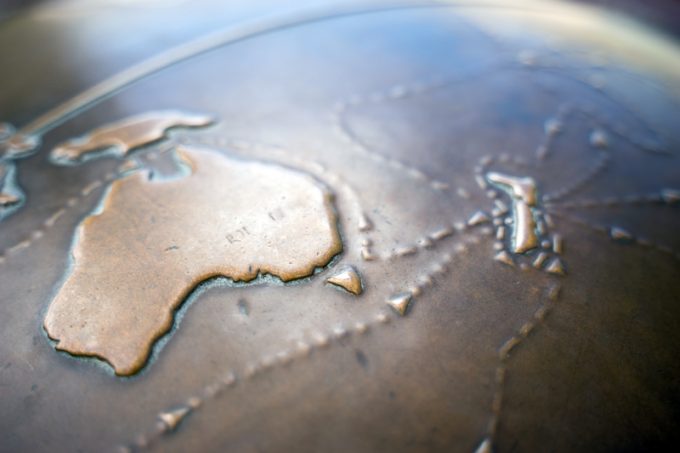Mr Joy: Victoria – Shitoria (Part One)
All about the ‘Big Mess’

Forwarders in Australia and New Zealand have said that spiralling cargo delays and freight rates will extend well into the new year.
David Aherne, CEO of Across the Ocean Shipping, said “more pain is yet to come”, thanks to upcoming events in China and the potential ...
Keep our news independent, by supporting The Loadstar
Red Sea crisis has driven most new capacity into extended Asia-Europe trades
Carrier price hikes hold, driving spot rates higher as space gets scarcer
Crew forced to abandon ship in latest fire on vessel carrying EVs
The Loadstar Podcast | Transport Logistic and Air Cargo Europe 2025
Explosions and 'out-of-control' fire reported on Wan Hai box ship
'Now or never' for Kuehne and DHL GF to hit back at DSV
Carriers on the hunt for open tonnage again as transpacific rates soar

Comment on this article